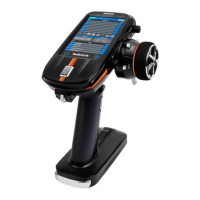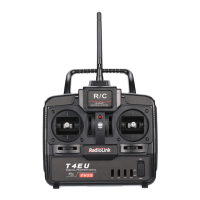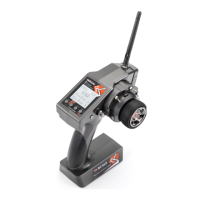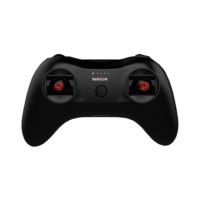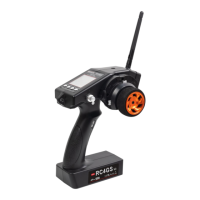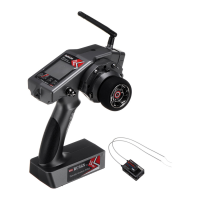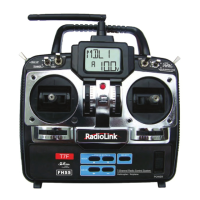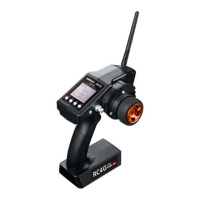Radiolink Electronic Ltd
www.radiolink.com
1.2 RADIO INSTALLATION
1.2.1 Guidelines to mount the servos, receiver and battery
• Make certain the alignment tab on the battery, switch and servo connectors is orient correctly and
‘key’ into the corresponding notch in the receiver or connectors before plugging them in .When
unplugging connectors, never pull on the wires. Always pull on the plastic connector instead.
• Receiver’s Antenna: In generally receiver’s antenna is longer than remote control, don’t break or
retract it, otherwise shorten the control distance. The antenna must be kept away from conductive
materials, such as metal. Please make distance test before flying.
• If your aileron servos are too far away to plug into the receiver, use an aileron extension cord to
extend the length. Avoid plugging multiple extensions together to obtain your desired length. If the
distance is greater than 50cm or high current draw servos are being used, use heavy servo
extensions.
• Receiver Vibration and Waterproofing: the receiver contains precision electronic part. Be sure to
avoid vibration, shock, and temperature extremes. For protection, wrap the receiver in foam rubber
or other vibration-absorbing materials. It is also a good idea to waterproof the receiver by placing it
in a plastic bag and securing the open end of the bag with a rubber band before wrapping it with
foam rubber. If you accidentally get moisture or fuel inside the receiver, you may experience
intermittent operation or a crash. If in doubt, please contact Radiolink after cares or distributors for
service.
• Always mount the servos with the supplied rubber grommets. Don’t over tighten the screws. No
part of the servo casing should contact the mounting rails, servo tray or any part of structure.
Otherwise vibration will be transmitted to the servo causing damage of servo. Note the small
numbers (1, 2, 3, and 4) molded into each arm on the servo arms. The number indicate how many
degrees each arm is ‘off’ from 90 degrees to correct for minute manufacturing deviations from servo
to servo.
• To center the servos, connect them to receiver and turn on the transmitter and receiver.
Center the trims on the transmitter, then find the arm that will be perpendicular to the pushrod when
placed on the servo.

